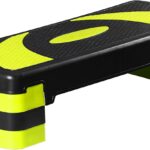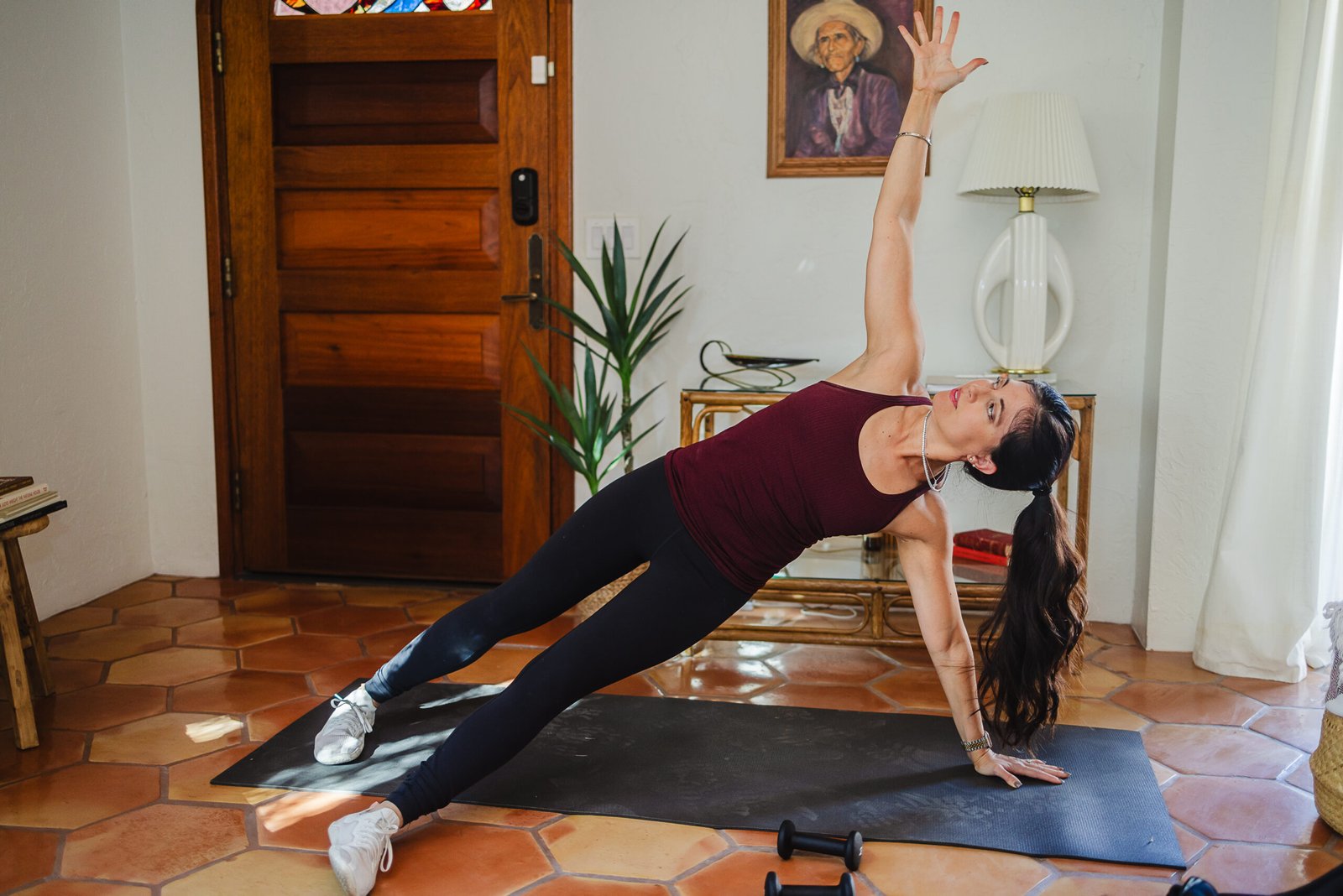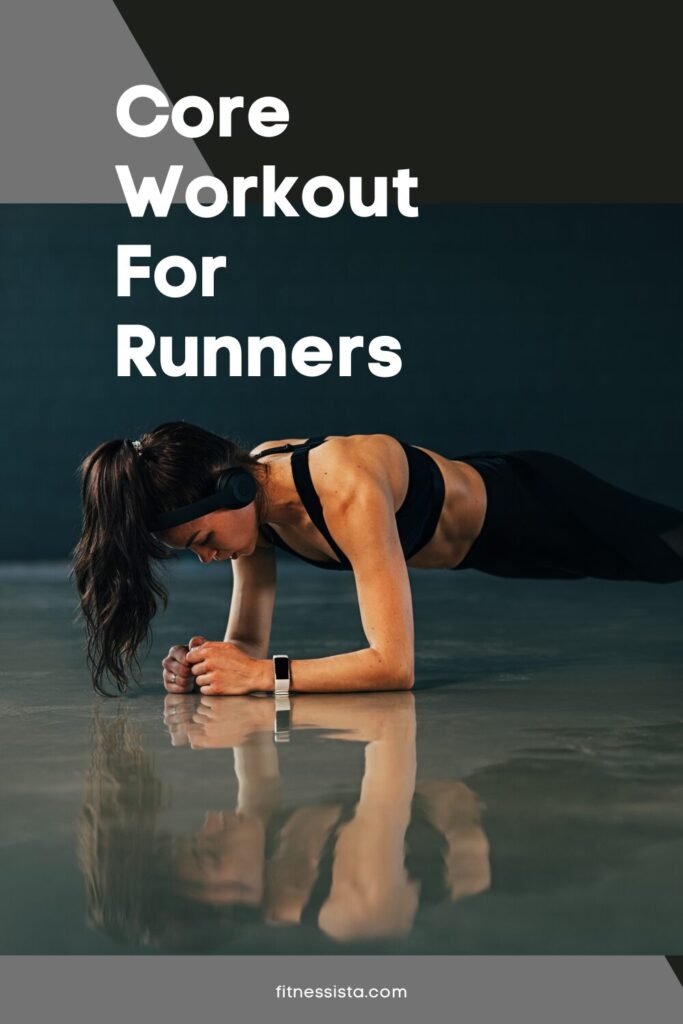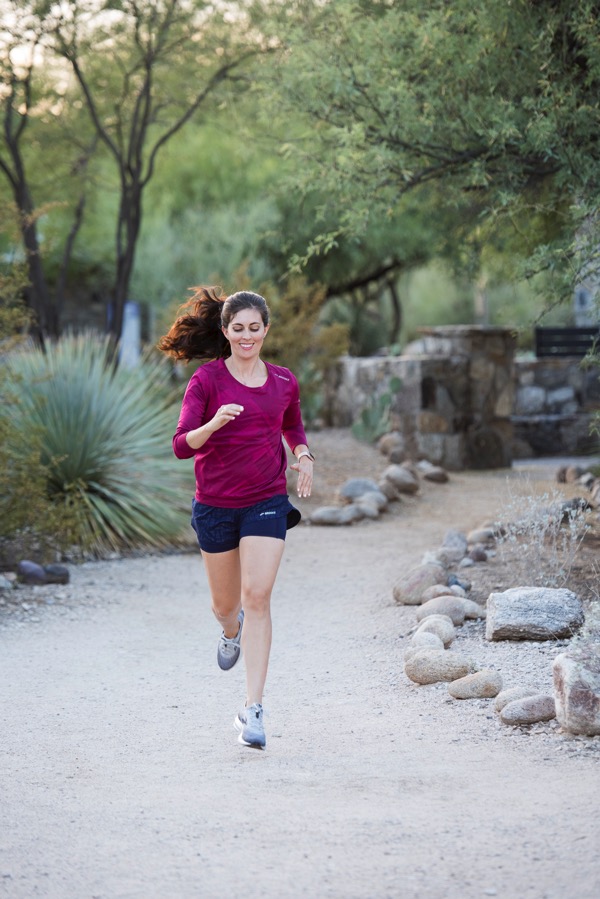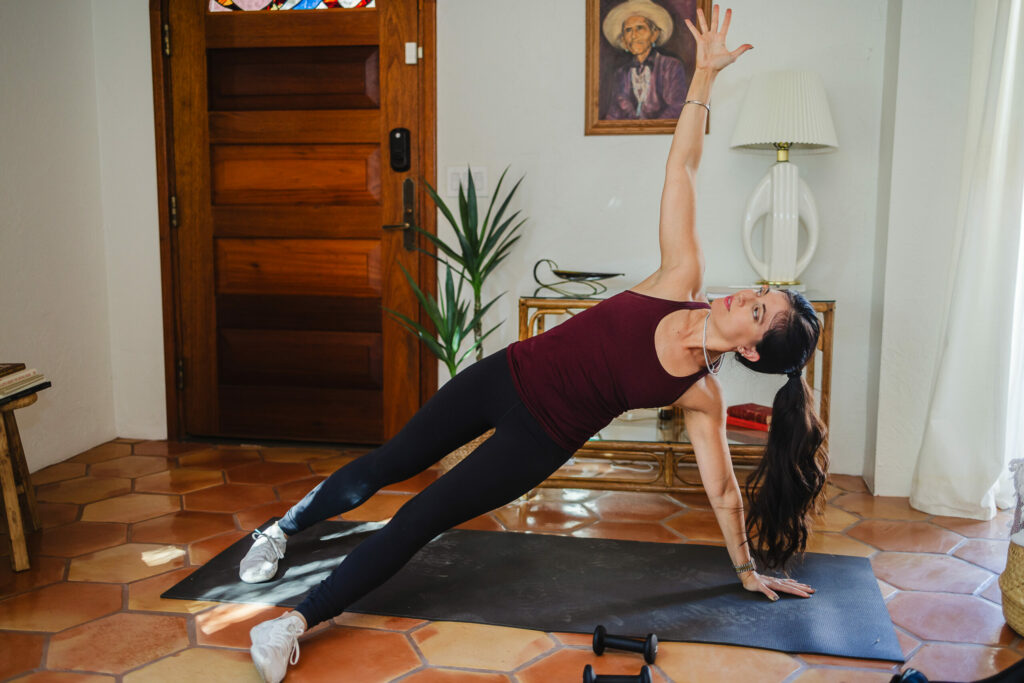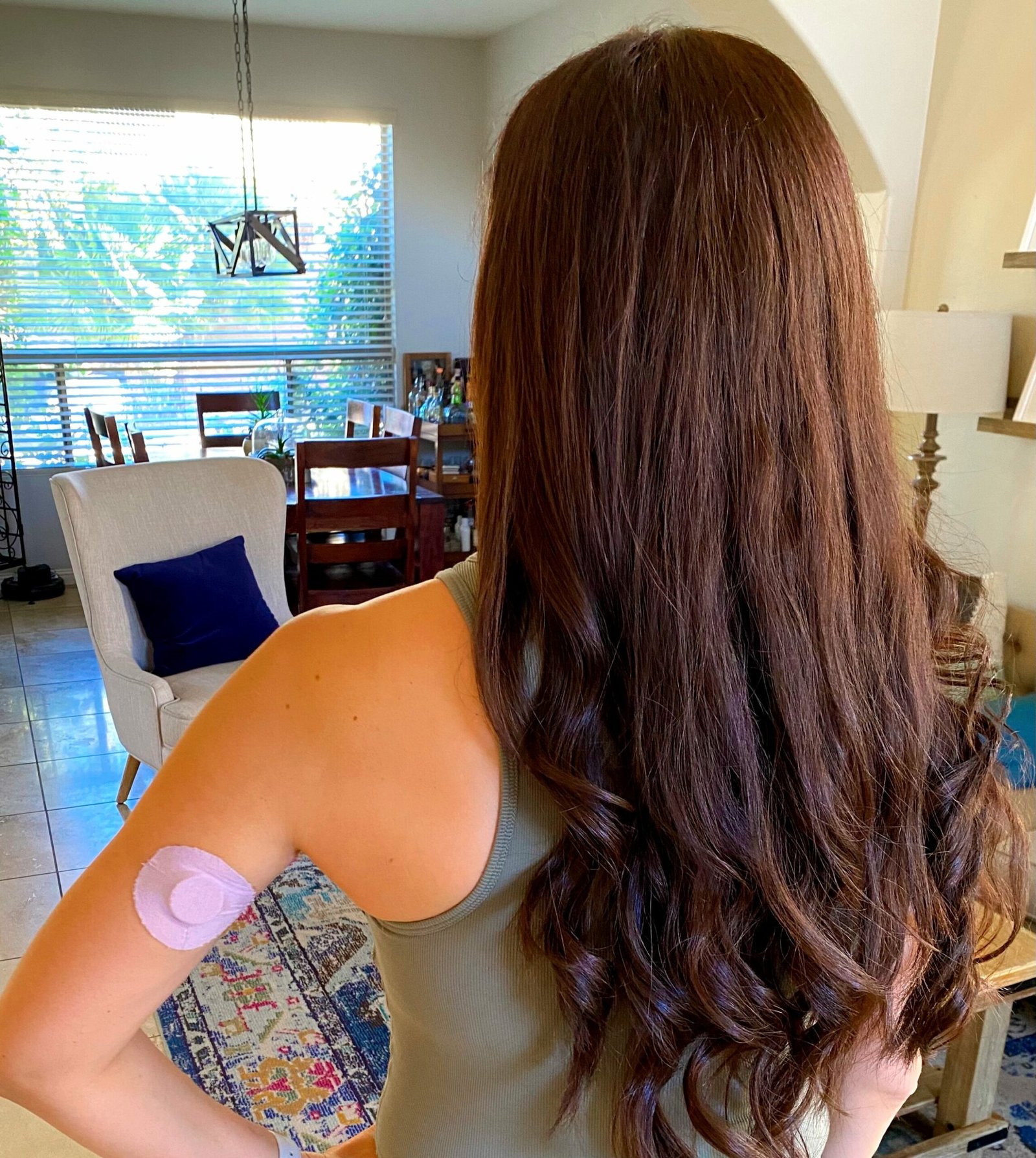Share a main training for my runners there.
Hi friends! How are you doing? I hope you have a nice morning. I look forward to a strength training, a little time on my PEMF carpet With my red light maskThen an afternoon full of customer calls.
In today’s post, I wanted to share some advice on basic work for runners.
The reality is that running can look like a complete training in itself: it strengthens endurance, strengthens the cardiovascular system and defies the lower body. But if you want to take your performance, your posture and your resilience at the next level, what you do when you don’t work is also important too. How is your mobility? Nutrition? Sleep? Recovery? Heart?
The work of your basic muscles can improve balance, efficiency and reduce the risk of injury. The nucleus is more than your abs, it also includes your hips, your lower back and your glutes, who play a huge role in the shape and power of racing and power.
Today, I share an overview of the best basic training for runners so that you can add simple and effective movements to your strength drive routine. These exercises do not take long but offer enormous advantages for each type of runner, whether you train for your first 5 km or determine How to train for a half-marathon.
Main training for runners
Today I wanted to discuss:
Why a strong nucleus is crucial for runners.
The advantages of coherent basic training.
A detailed list of the best basic exercises with practical steps.
Advice on the frequency of the inclusion of a basic routine in your training plan.
My goal is to make this guide as practical and easy to implement as possible. Look, save the exercises, and I hope it can provide an inspiration for your next training cycle!
Is a strong heart important for runners?
Yes x 10,000,000,000. Many runners neglect the basic force because they assume that the race itself is sufficient. But a weak nucleus can cause poor posture, reduced efficiency and even injuries.
A strong nucleus helps you maintain a good alignment, maintains your stable pelvis and reduces the unnecessary side movement. It also allows you to transfer the power more effectively from the upper body to your legs, helping you run faster and further with less effort.
(Flash return to when I ran regularly! I’m starting to go up in sprints!)
Why do runners need a strong heart
Improvement of the race economy
When you engage your heart during a race, you stay up more straight and avoid wasting energy. This efficiency can improve endurance and help you maintain the pace over long distances.
Risk of reduced injury
The weak heart muscles can contribute to injuries on hips, knees and lower back. A strong nucleus supports stability, so each stride is smoother and safer.
Best posture and breathing
A stable chest helps runners keep their shoulders relaxed, with the ribs and at the opening of the chest – which facilitates effective breathing and prevent flight while fatigue is installed.
Power and speed gain
By creating a strong base, your body can transfer more power to each stride. Think like a bridge: the stronger it is, the more weight it can. Runners with a solid nucleus force often notice better sprint and rise power finishes.
What are the best basic exercises for runners
Here is a basic routine that you can rotate in your training. Aim 8 to 12 repetitions per side or 30 to 60 seconds per exercise.
Boarding position
Enter straight line from the head to heels, with elbows under the shoulders.
Keep your arms straight or fold and focus on maintaining your feet flat.
Hold and engage your kernel to avoid the sagged hips.
Side board
Lie on one side, your legs stacked and lift in a side board.
Keep the hips high, the body in a straight line and do not forget to change the side.
Add a leg lift for an additional challenge.
Dead bug
Lie on your back, your right arms towards the ceiling, the knees folded at 90 °.
Lower an arm and the opposite leg while keeping your back in a hurry down.
Back alongside start -up and switching.
Bike crunch
Lie on your back with your feet flat up.
Extend a leg while bringing the opposite elbow to your folded knee.
Move from one movement to the other.
Buttock
Lie on your back, your feet flat, knees folded.
Press heels, lift the hips and keep.
Add a variation to a single leg for runners to challenge stability.
Resistance strip rotations
Anchor resistance bands at the height of the chest.
Stay standing up, hold on with both hands and turn side by keeping the hips stable.
This imitates the rotation control of the race.
To stretch you after your routine, consult my favorite nucleus stretch.
How often should runners work at the heart?
Most runners benefit from the addition of basic exercises 2 to 3 times a week. You can attach a short kernel routine at the end of a race or devote a quick 10 to 15 minutes on strength training days.
The key is consistency. Over time, you will notice better stability, less fatigue and a stronger form of race.
The race is almost much more than strong legs and good shoes. By dragging your basic muscles, you will build a foundation that supports each stride, reduces the risk of injury and helps you get more effectively.
Try this basic training session for runners in a coherent way and notice how easier it becomes to maintain the posture, to breathe deeply and to continue to feed these long races.
And if you want to dive deeper to develop a well -balanced strength program, here is an excellent starting point: Functional basic training.
I would love to hear from you in the comments: How often do you do the basic work in the context of your training? Do you have a favorite movement?
xo
Gina



